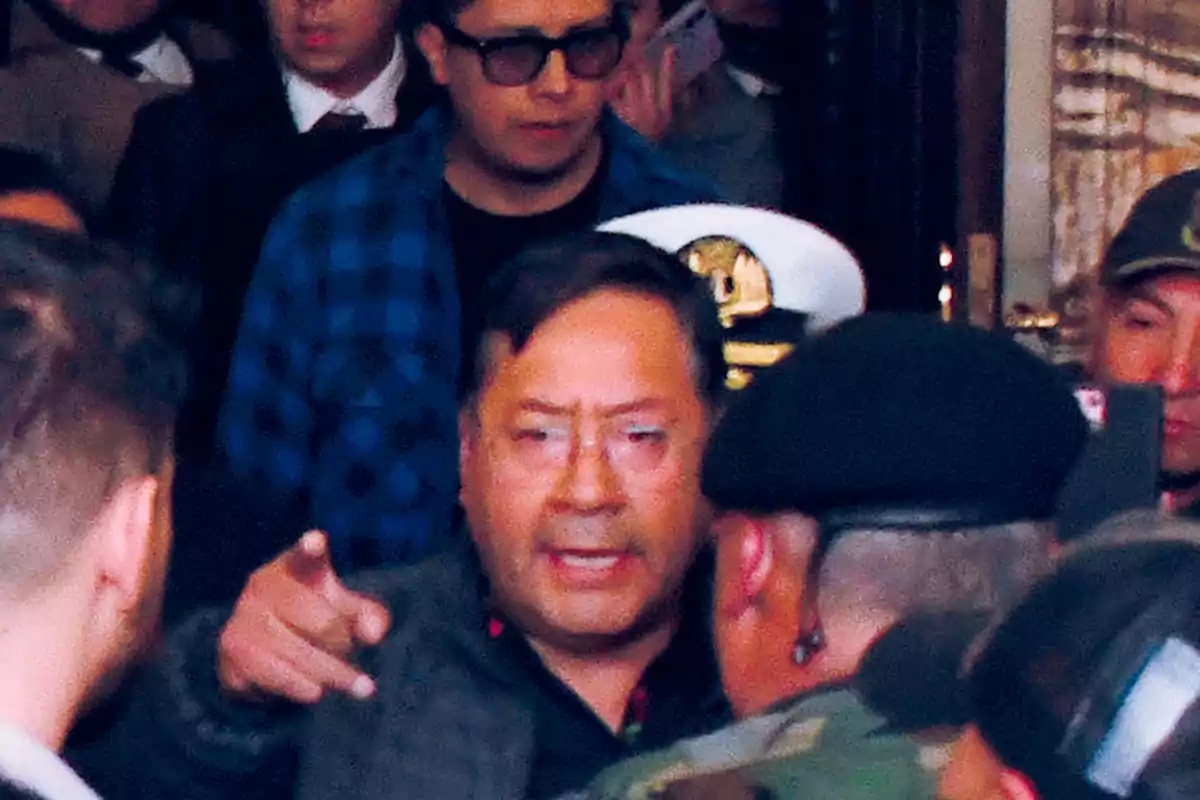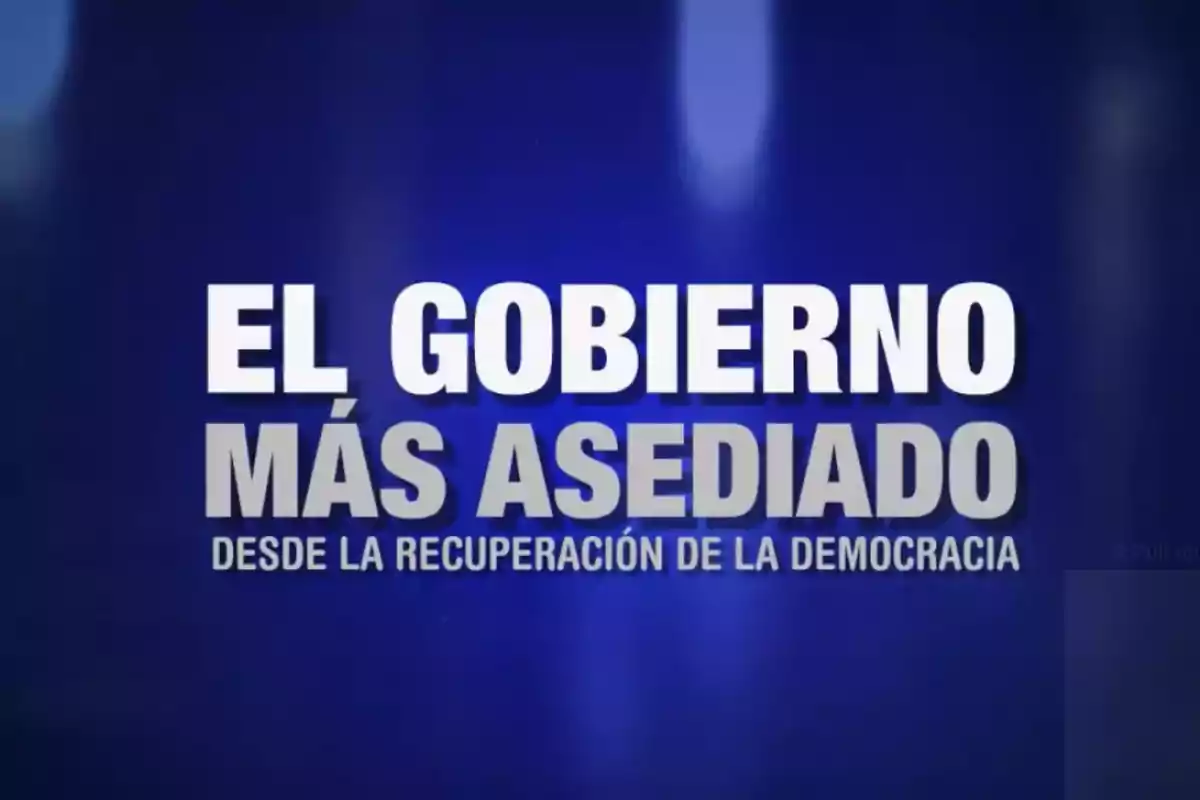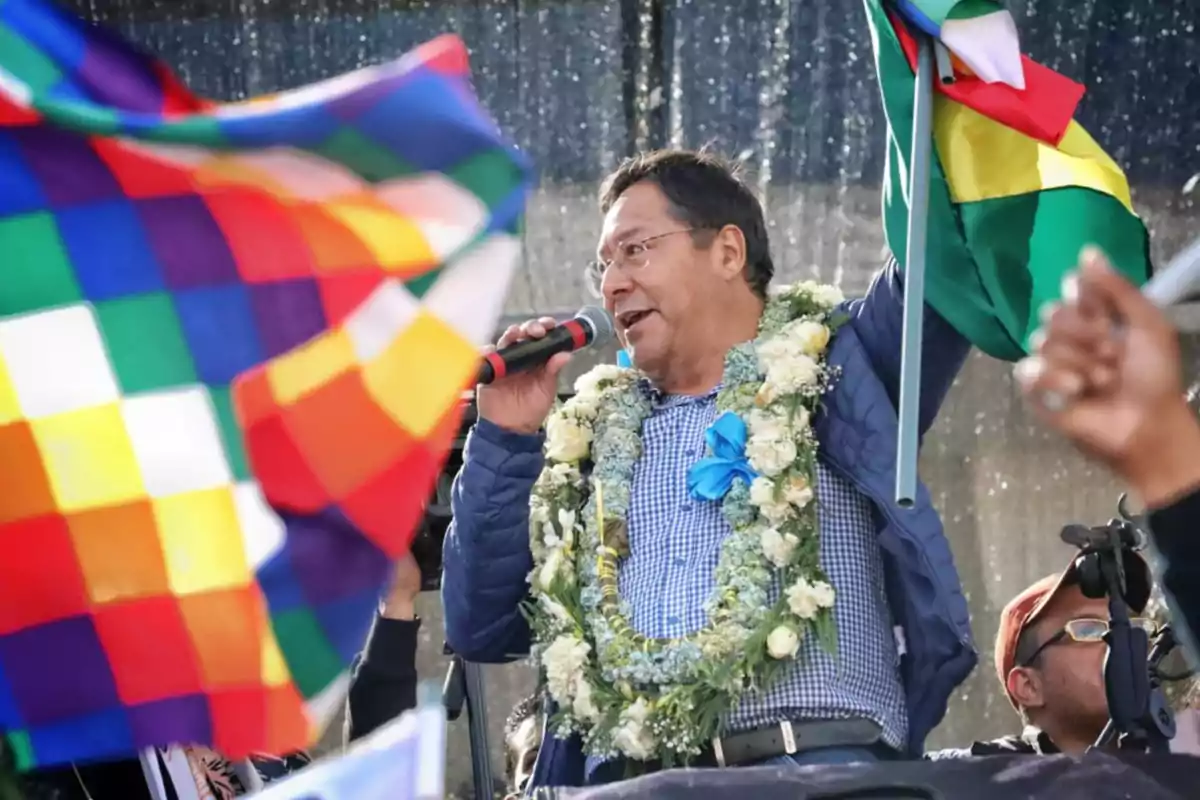
The government spent public resources on another documentary: a farce to play the victim
The audiovisual aims to whitewash the regime's image and absolve Luis Arce of responsibility for the economic failure
Luis Arce's government premiered a new documentary through the state channel Bolivia TV. The production was presented as a summary of the conflicts faced by Masismo since 2020.
However, the editing presents the executive as a victim throughout his administration. The documentary was produced with public funds amid an economic crisis. The controversy grew after its broadcast this Sunday night.
The work, titled "Chronicle of the most besieged government since the restoration of democracy", lasts almost an hour. Throughout the material, events are narrated that span from the beginning of Arce's term to 2025.
With images, testimonies, and graphics, the audiovisual attempts to show a country under constant attack. Blockades, protests, sabotage, and an alleged "hybrid war" are mentioned. For its critics, it is covert propaganda.
Blatant editing and manipulation

The documentary begins with a dramatic depiction of the pandemic. It is stated that Arce inherited the country with the highest COVID-19 fatality rate in South America. Alarming inflation, massive unemployment, and widespread corruption are also mentioned.
The objective was to present the current president as a savior. The management of his own party in previous years is not mentioned.
The video claims that the government invested 7% of GDP in controlling the pandemic. Thanks to that, it says, the fatality rate dropped from 7% to less than 1%.
The government is also credited with a rapid economic recovery in 2021. In that year, the documentary reports a 6.1% growth with MAS's economic model. No independent sources are provided to support these figures.
Evading responsibility

During the following segments, the documentary lists thousands of annual conflicts. In 2021 there would have been 2,487; in 2022, 3,162; in 2023, 1,813; in 2024, 1,350.
Finally, 2025 is presented as the decisive year for the "defense of democracy". This account seeks to reinforce the idea that the government is a permanent victim.
One of the central themes of the audiovisual is blaming third parties for the crisis. "Evismo," the right, and even the United States are pointed to as responsible for the economic chaos.
According to the material, these actors would be responsible for shortages and inflation. They are also blamed for the shortage of dollars and fuel. No evidence is provided to support such accusations.
The documentary addresses the blockades that have affected the country in recent years. The 2023 Census strike, which lasted 36 days, is mentioned.
The 2025 blockade driven by sectors close to Evo Morales is also mentioned. Both events are used as examples of political siege. The production avoids delving into the legitimate reasons for these protests.
Arce, a martyr of circumstance

Another element that stands out is the legislative blockade. It is stated that the Assembly did not allow the approval of loans for public works. However, it is not explained that the ruling majority also blocked proposals.
The victim narrative ignores MAS's internal struggles. The documentary omits all self-criticism or mention of executive errors.
Toward the end, an alleged energy recovery is discussed. Eighteen successful hydrocarbon exploration wells are highlighted. The Mayaya field is presented as the most important discovery.
Biofuel and industrialization projects are also mentioned. The narrative ignores the context of scarcity and failures in energy policy.
The documentary claims that there was progress despite "enemy attacks." Arce is presented as a resilient leader fighting for democracy. It is implied that the opposition only wants to destabilize the country.
This narrative seeks to reinforce the president's legitimacy. The production thus becomes a political tool.
This documentary adds to other attempts to control the public narrative. Meanwhile, as inflation and shortages hit the people, the government films. Arce seems more interested in building a personal epic than in governing.
More posts: